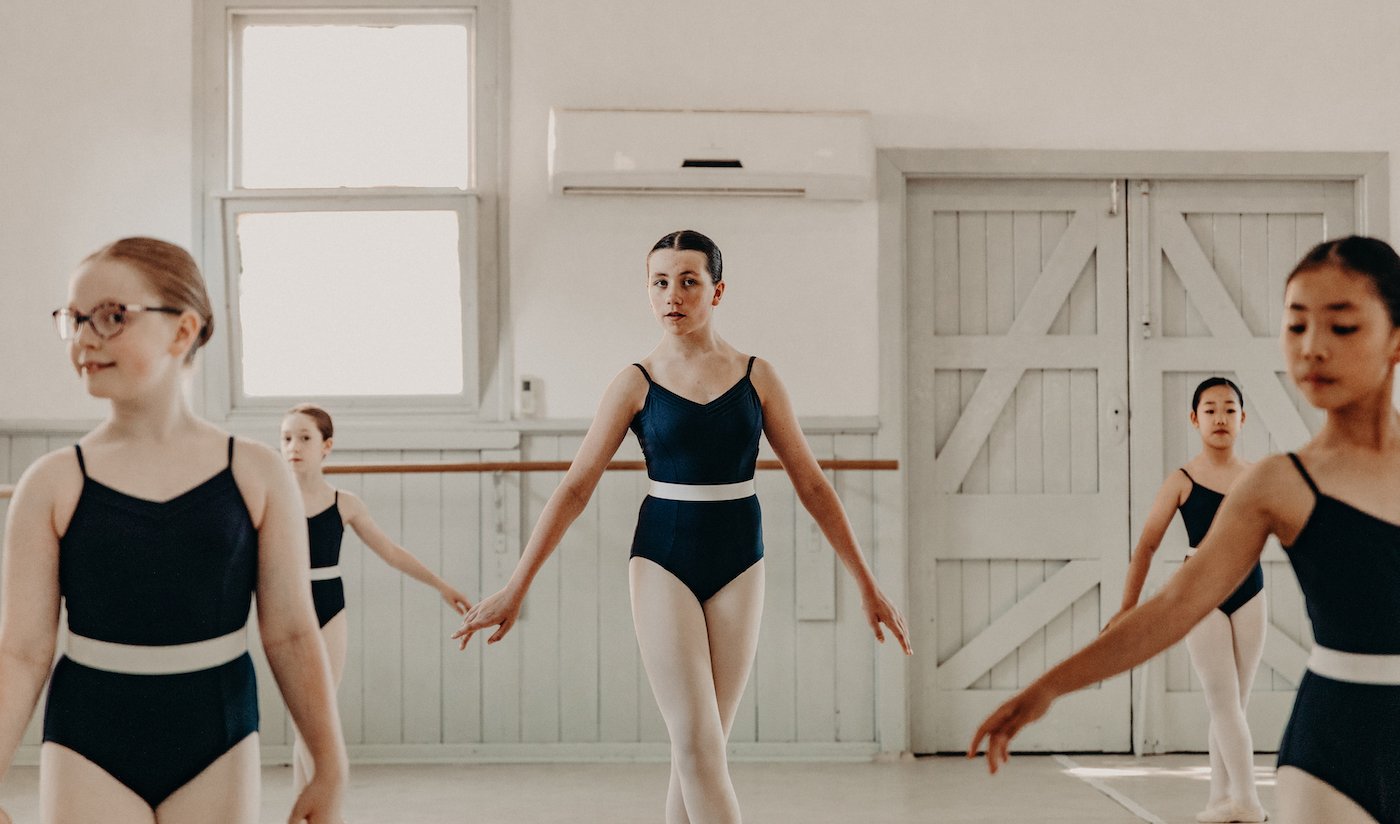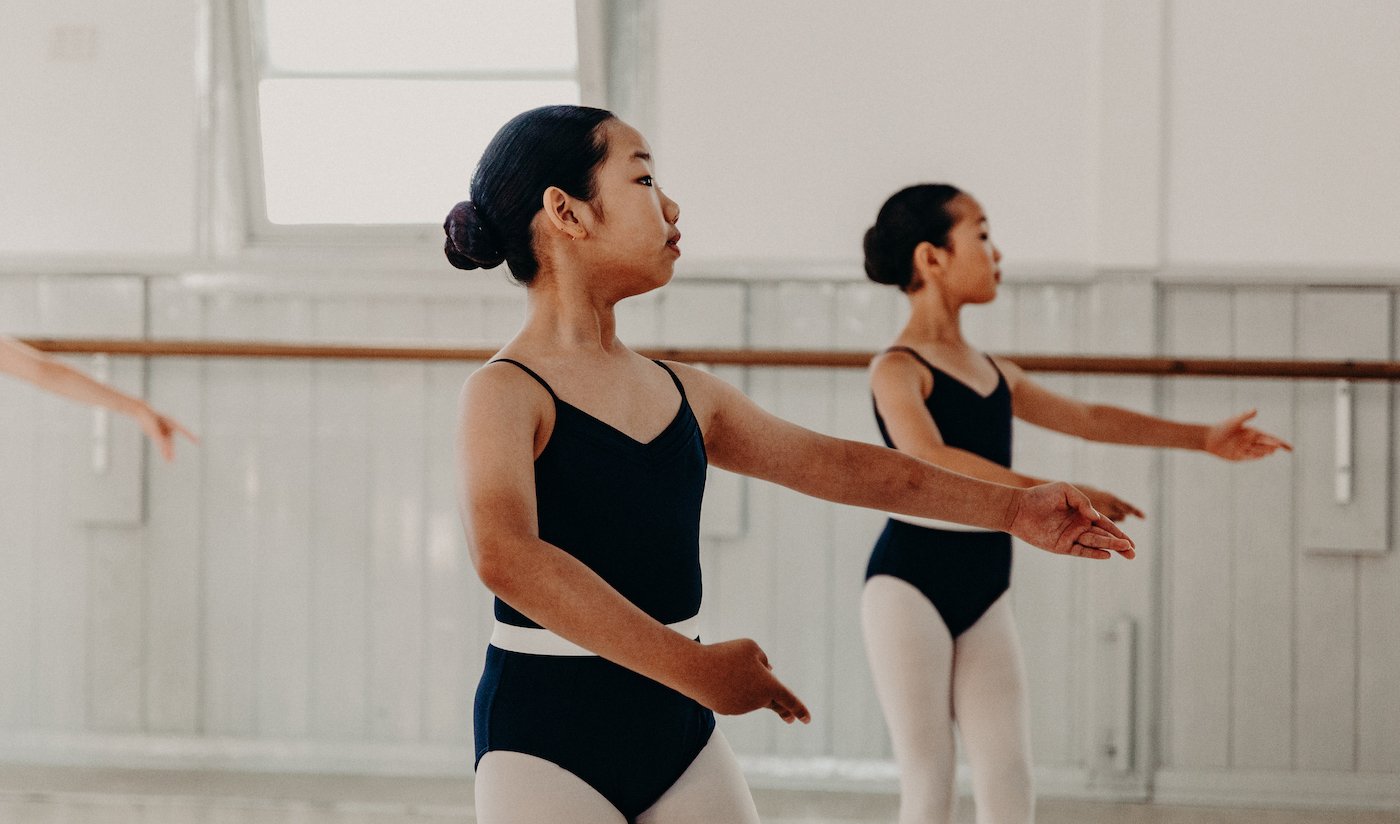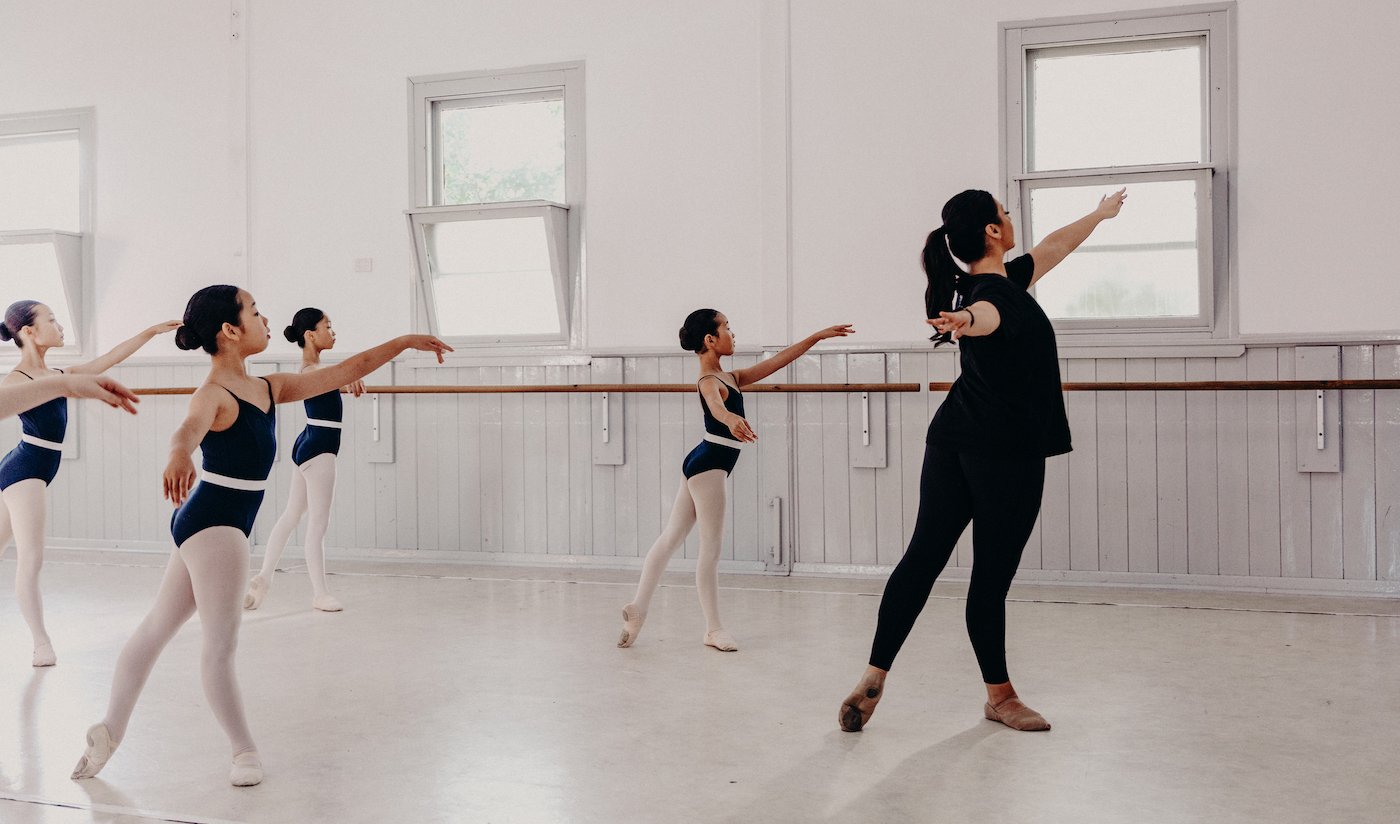Teaching Positive Body Image: Advice for Dance Teachers
Image: An En Pointe School of Ballet student takes class with Director Renee Grinsted. Renee wears the Energetiks Lara Endurance Jacket
Dancers have a unique relationship with their bodies. Unlike other art forms, dance utilizes the body as the primary tool for expression, conveying story and emotion purely through the physical form. Therefore, it’s no surprise that maintaining a positive body image can be a complex task for many dancers. Arched feet, flat rotation, hyper-mobility and extreme proportions; “thinness” barely scratches the surface of the aesthetic demands of dance. Unfortunately, many dancers suffer with negative body-image, and often turn to disordered behaviour to meet the impossible standards promoted throughout much of the dance world. For dance teachers who see their students struggling with low body esteem, it can be difficult to know how to adjust their mindsets and promote healthy body image; read on for some helpful guidance on teaching body positivity to your dance students.
Lead by example
Young people learn by example, modelling their behaviour on the adults around them. If you constantly criticise your own body, display unhealthy eating patterns, or speak negatively about different body types, your students won’t hesitate to follow your lead. Alternatively, if you respect your body, eat well, and show acceptance for all shapes and sizes, your students will absorb and repeat these behaviours. To raise happy dancers with positive body image, it is paramount that you cultivate a healthy relationship with your own body. Avoid making negative comments about your body and appearance, especially in front of students; replace toxic self-talk with comments on the things you love about your body. Show your students that you eat regular nutritious meals, and try not to display any guilt behaviours around food. Keep communication lines between dance school staff and students open, ensuring that students feel welcome to approach teachers with any concerns they may have around body image.
Image: An En Pointe School of Ballet student takes class with Director Renee Grinsted
Focus on health, not weight
Leading a healthy lifestyle is a no-brainer for dancers. The physical demands of the art form require dancers to fuel their bodies with nutritious food, get plenty of rest, and surround themselves with supportive individuals as they navigate the opportunities and challenges of the dance world. Unfortunately, the goal of health is often lost beneath a toxic preoccupation with weight. Classical ballet tends to be the biggest offender in the obsession with maintaining a low weight; however, teachers of all dance styles should be aware of students confusing health with numbers on a scale. Focusing on weight is extremely destructive to the self-esteem of young people, and can lead dancers down a pathway of yo-yo diets, disordered eating and unhealthy levels of exercise. Instil positive body image in students by discouraging any form of dieting beyond a balanced eating plan, and explaining that health and weight are not synonymous. If a student requests support with their diet, refer them to a professional nutritionist who can safely advise them of the best eating plan for their individual needs.
Image: En Pointe School of Ballet students
Be mindful of your language
Most passionate dance students idolize their teachers, and are eager to absorb every word of advice they are given. The words they take in can have a profound effect on their development; therefore, dance teachers must be aware of their language, and its impact on the body image of their students. Replace corrections such as “make your tummy skinny” with phrases like, “engage your core”, or “pull your belly-button to your spine”. Avoid emphasising the benefits of certain body types, such as an ideal height or muscular structure for dancers, and take care not to compare students based on body type. Adjusting your corrections may take time and practise, but will ensure that your students grow into healthy, well-adjusted dancers.
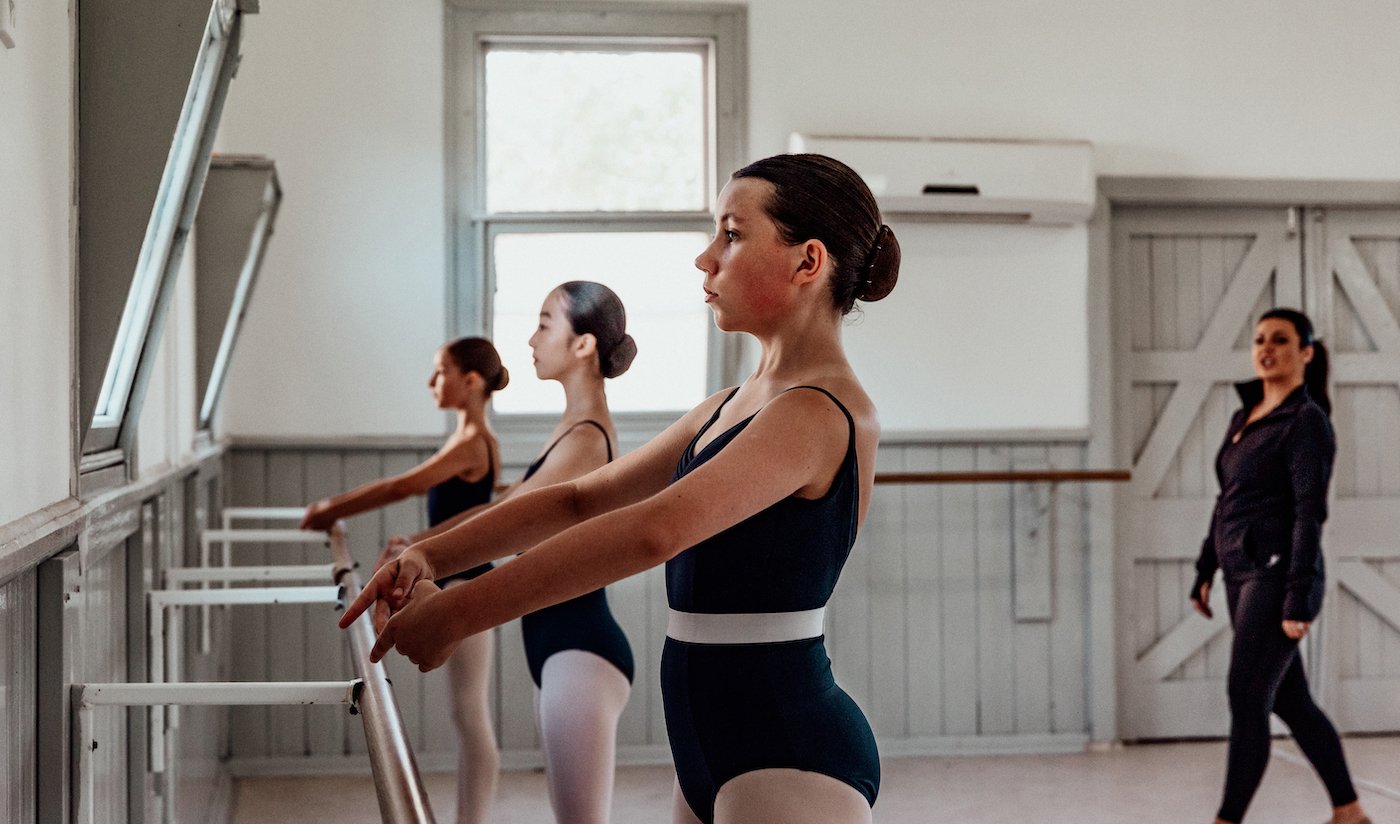
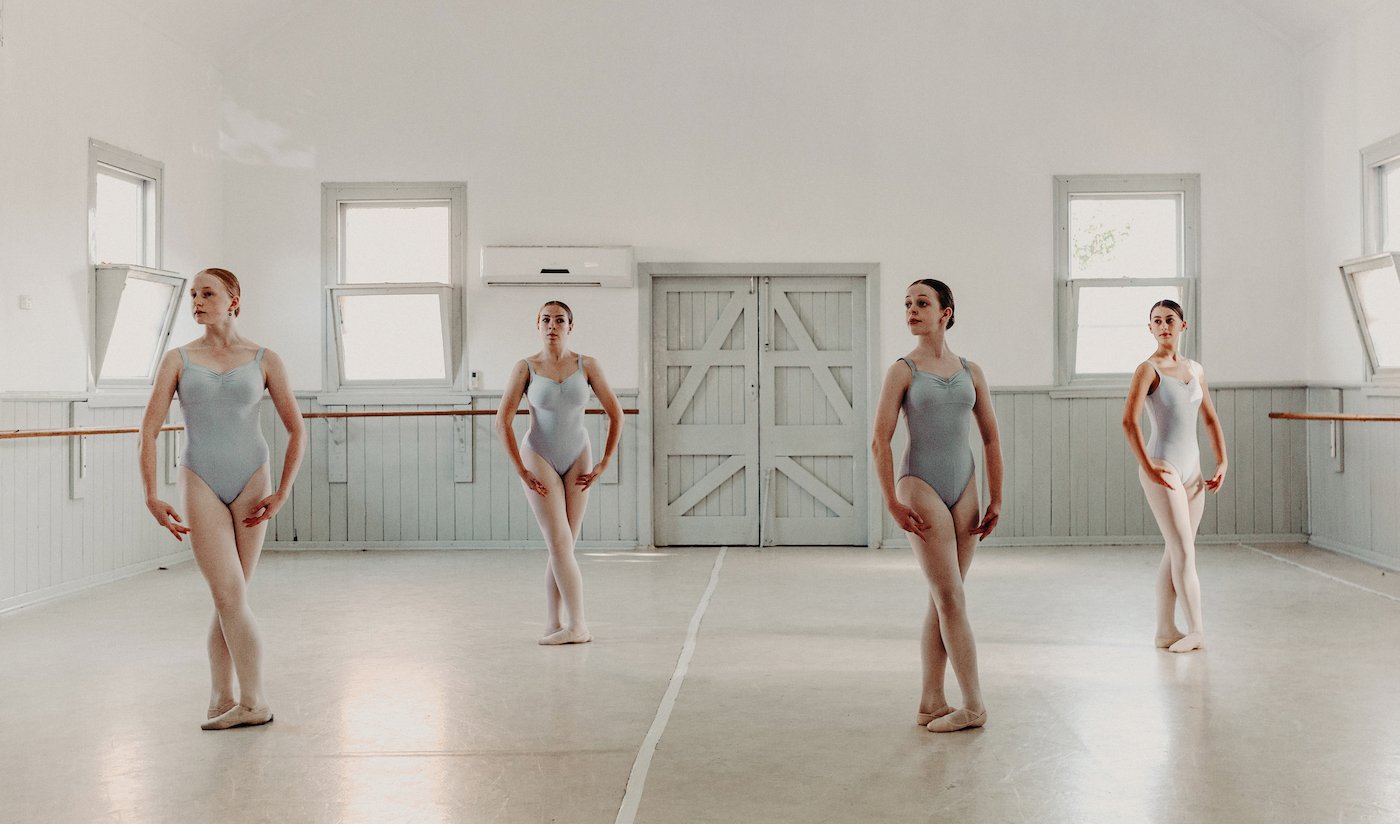
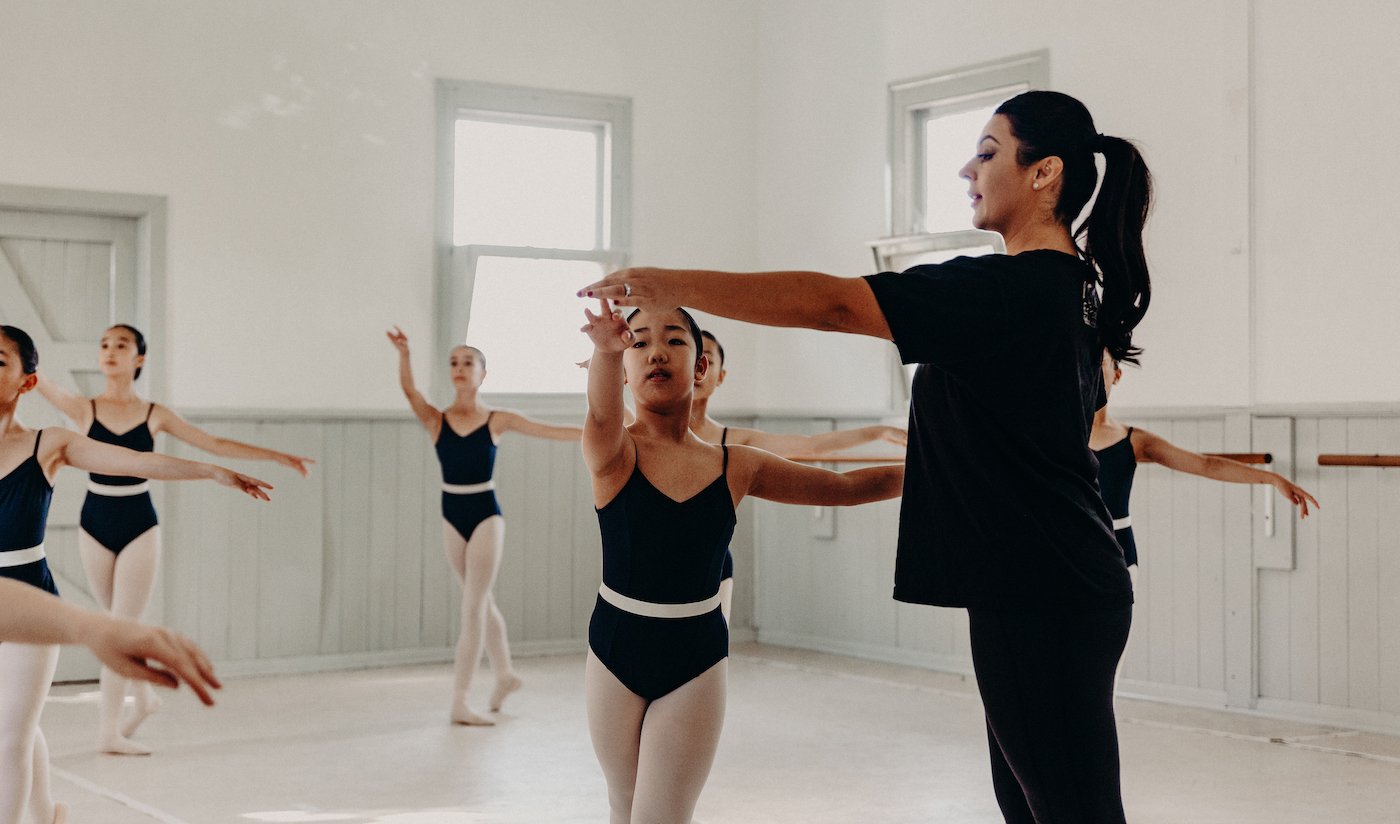
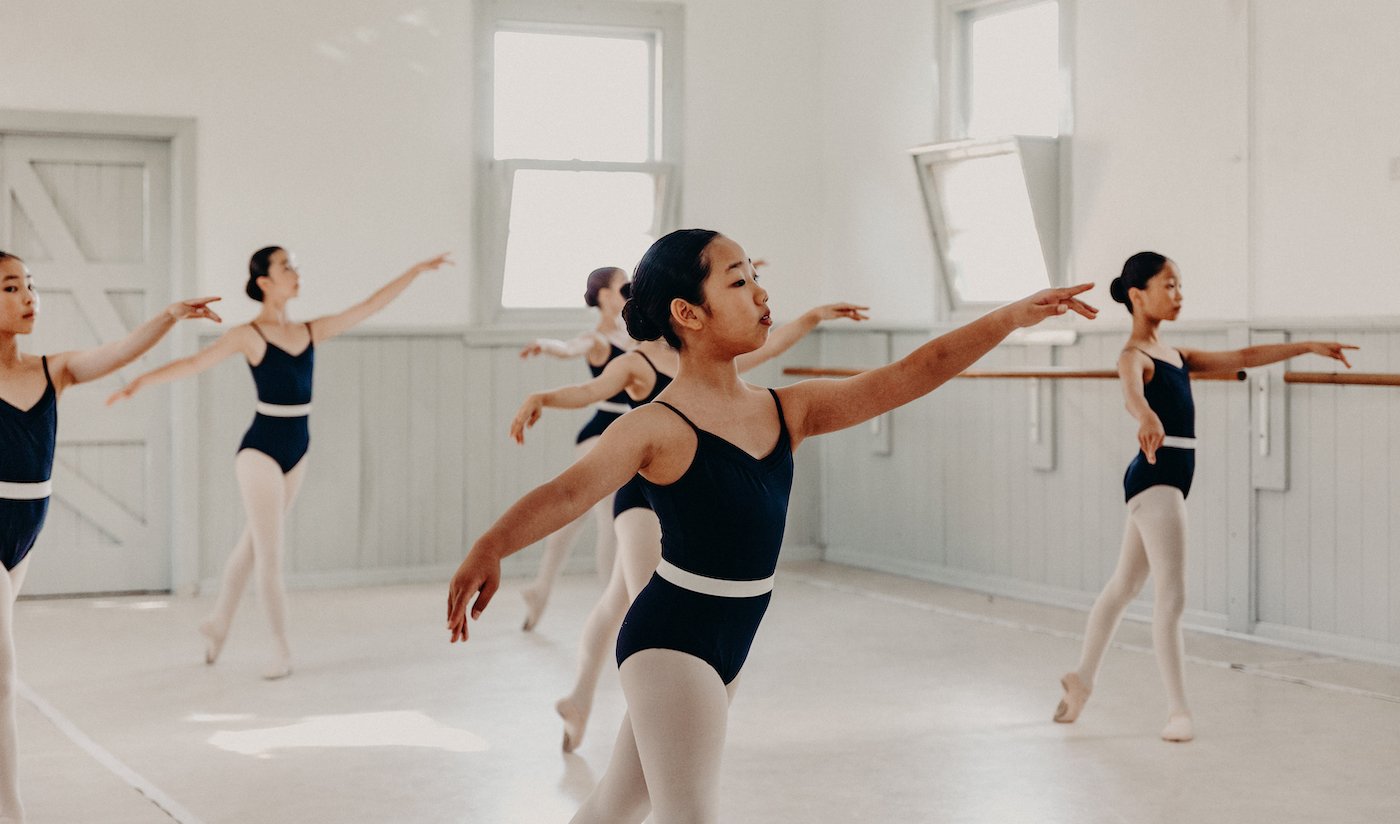
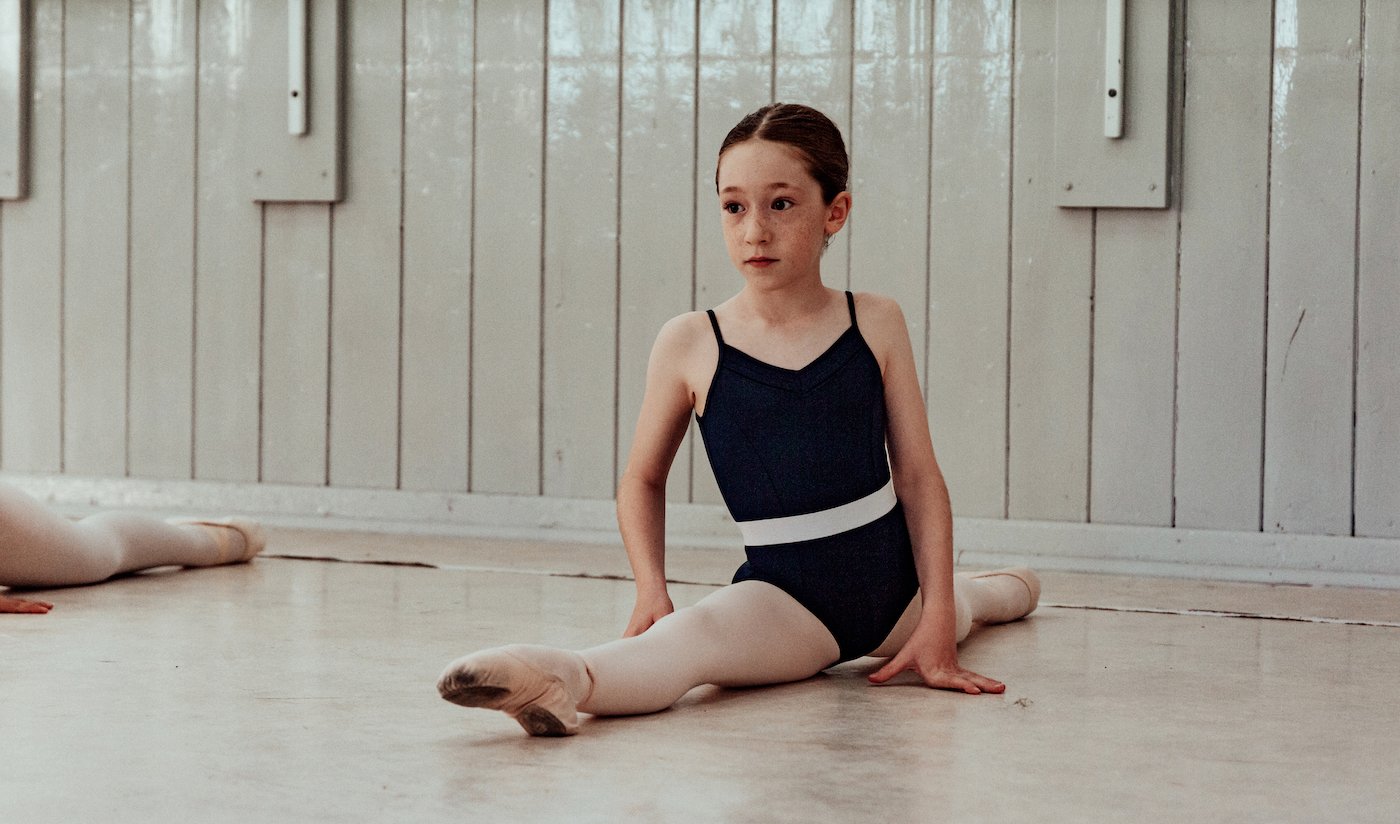
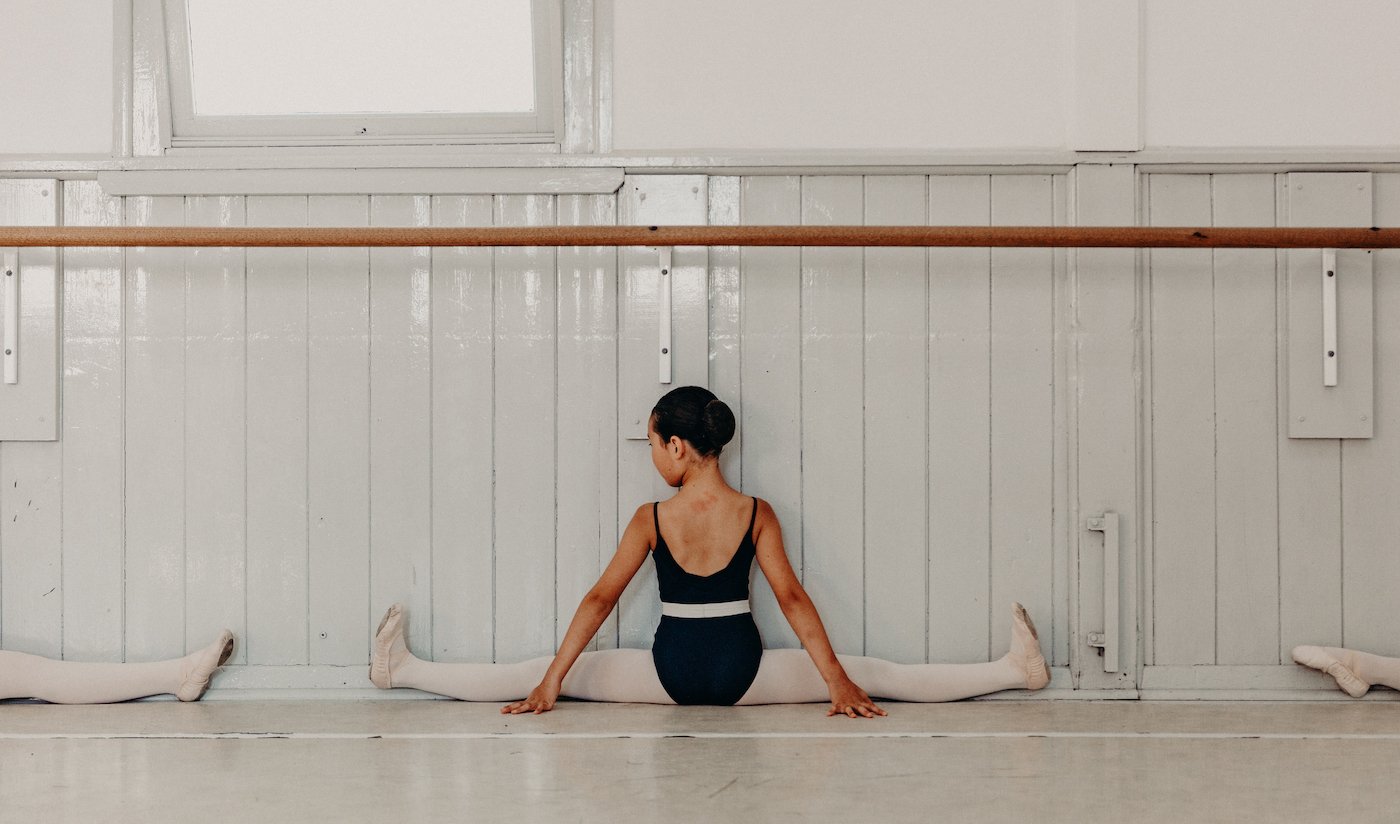
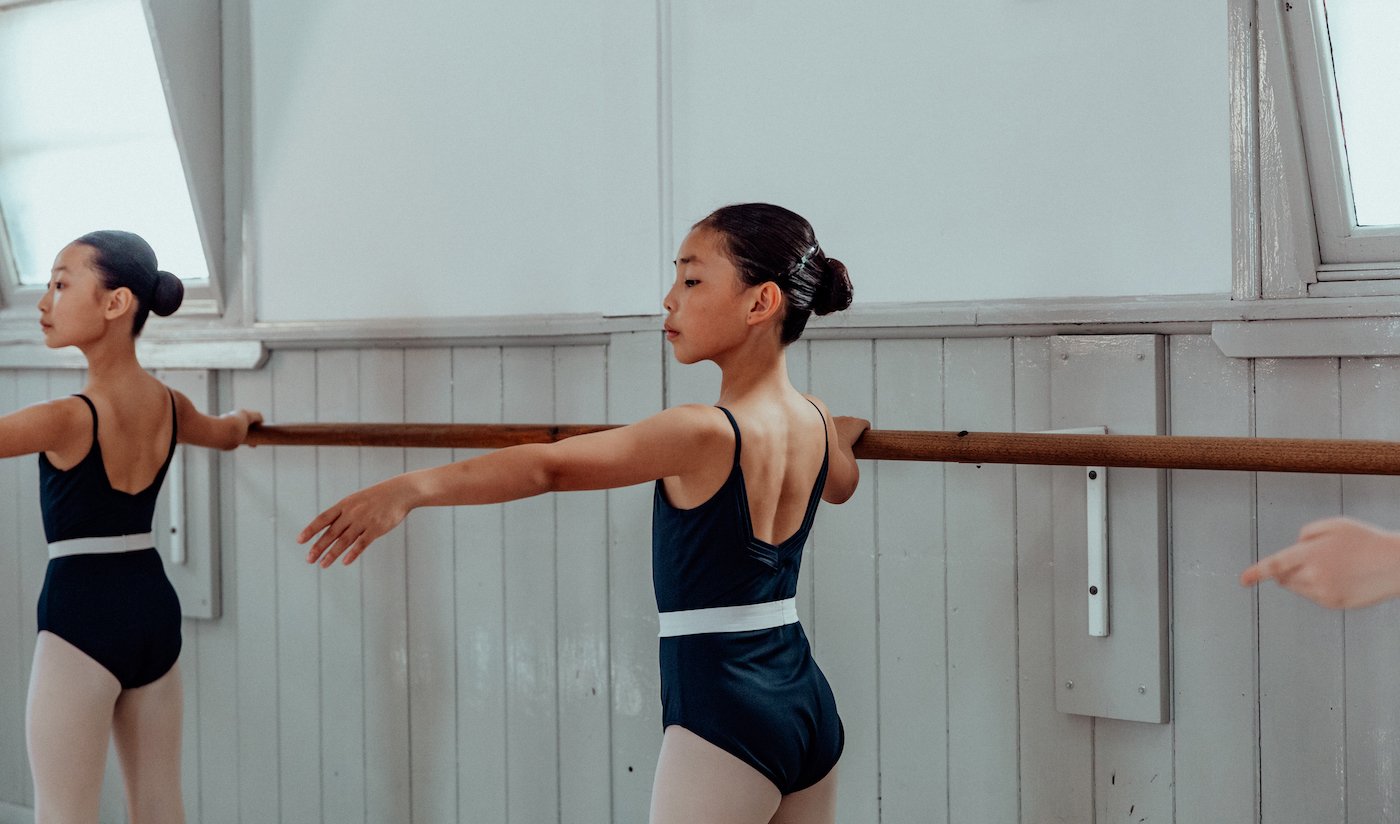
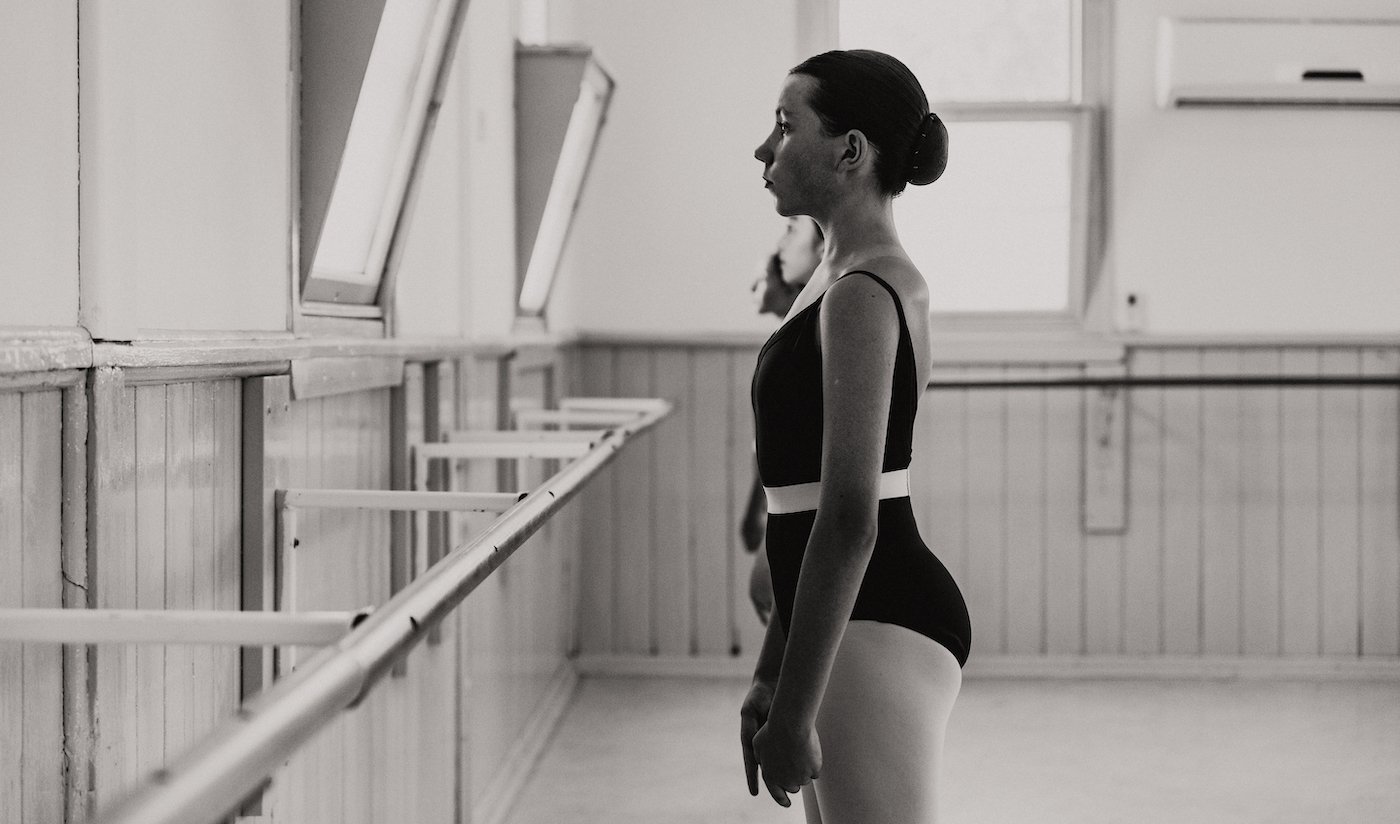
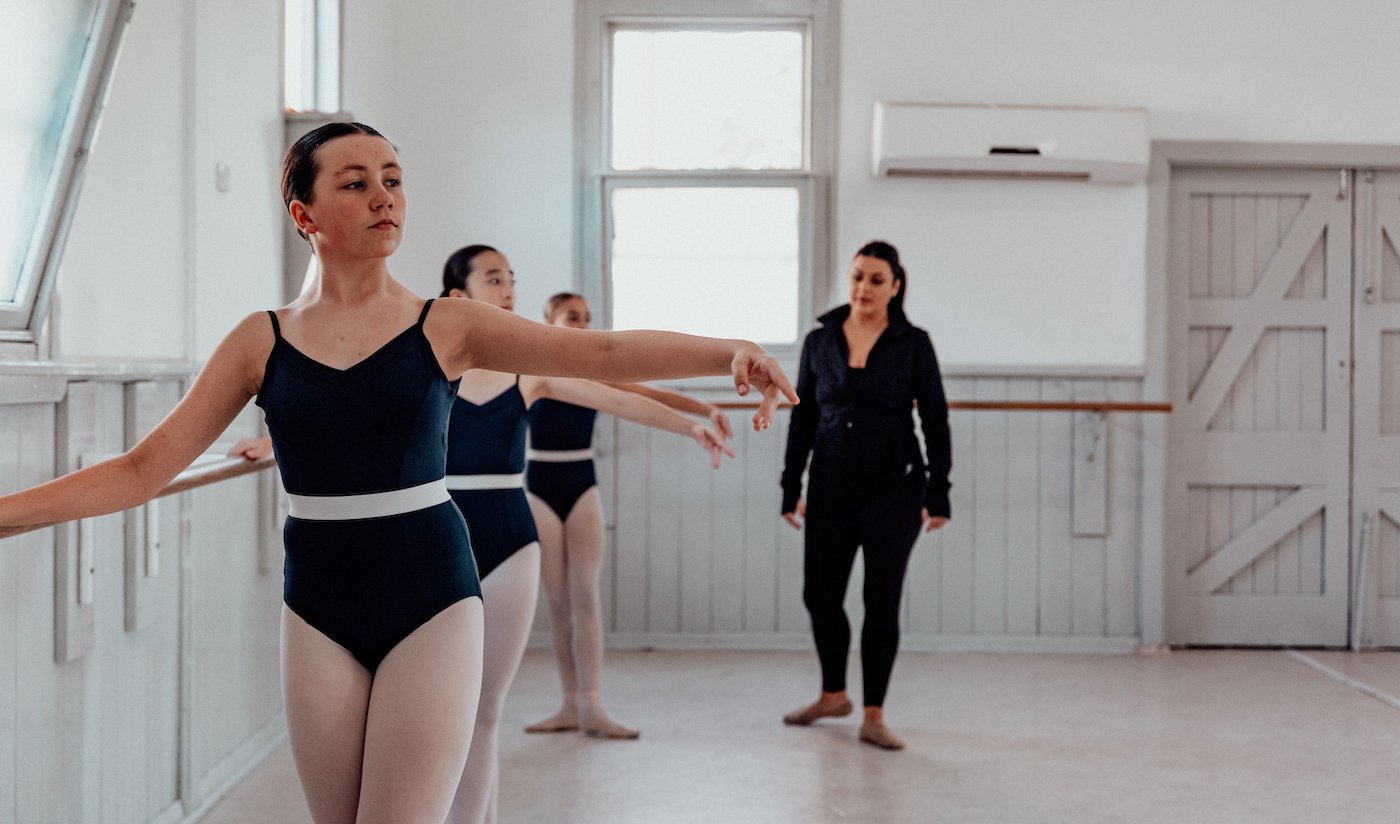

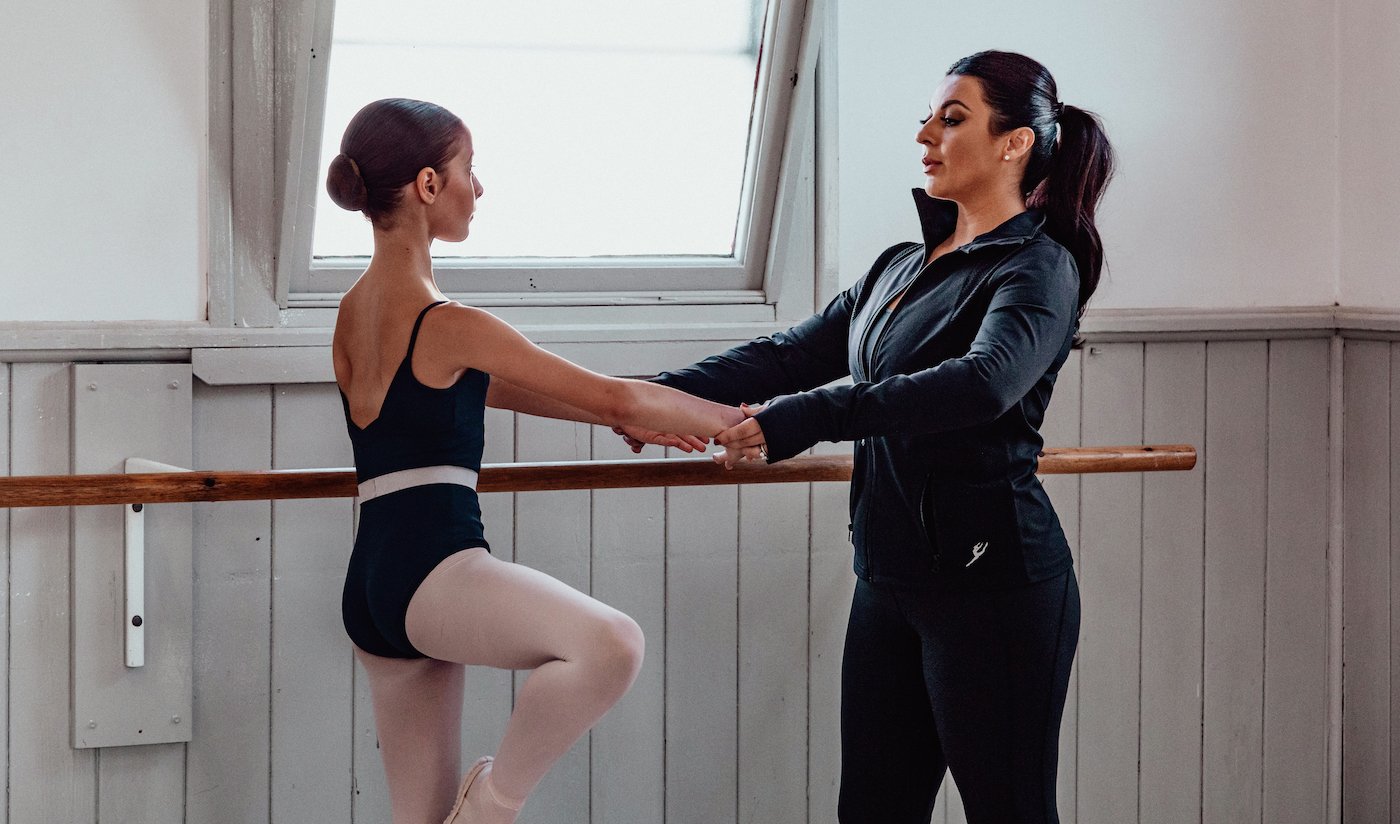
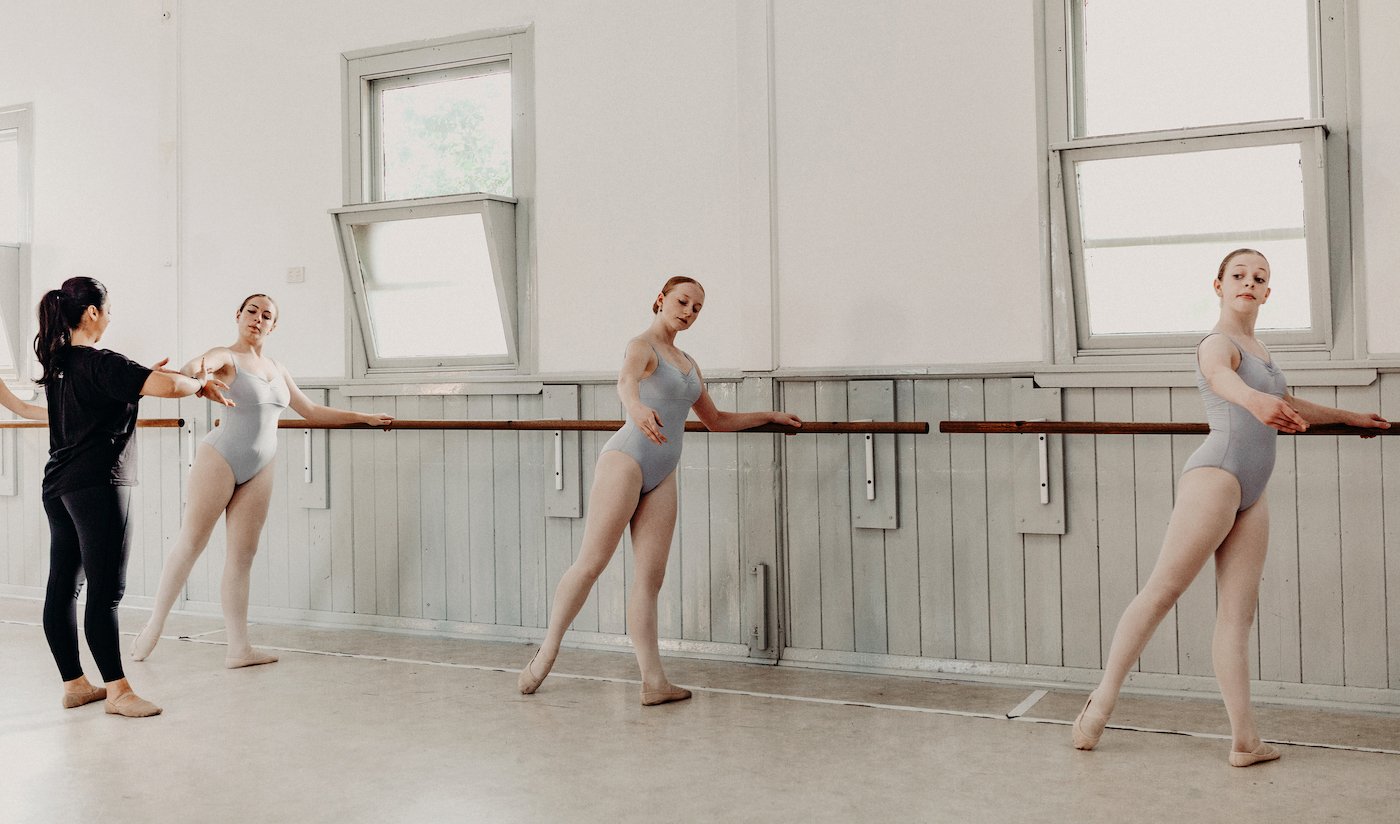
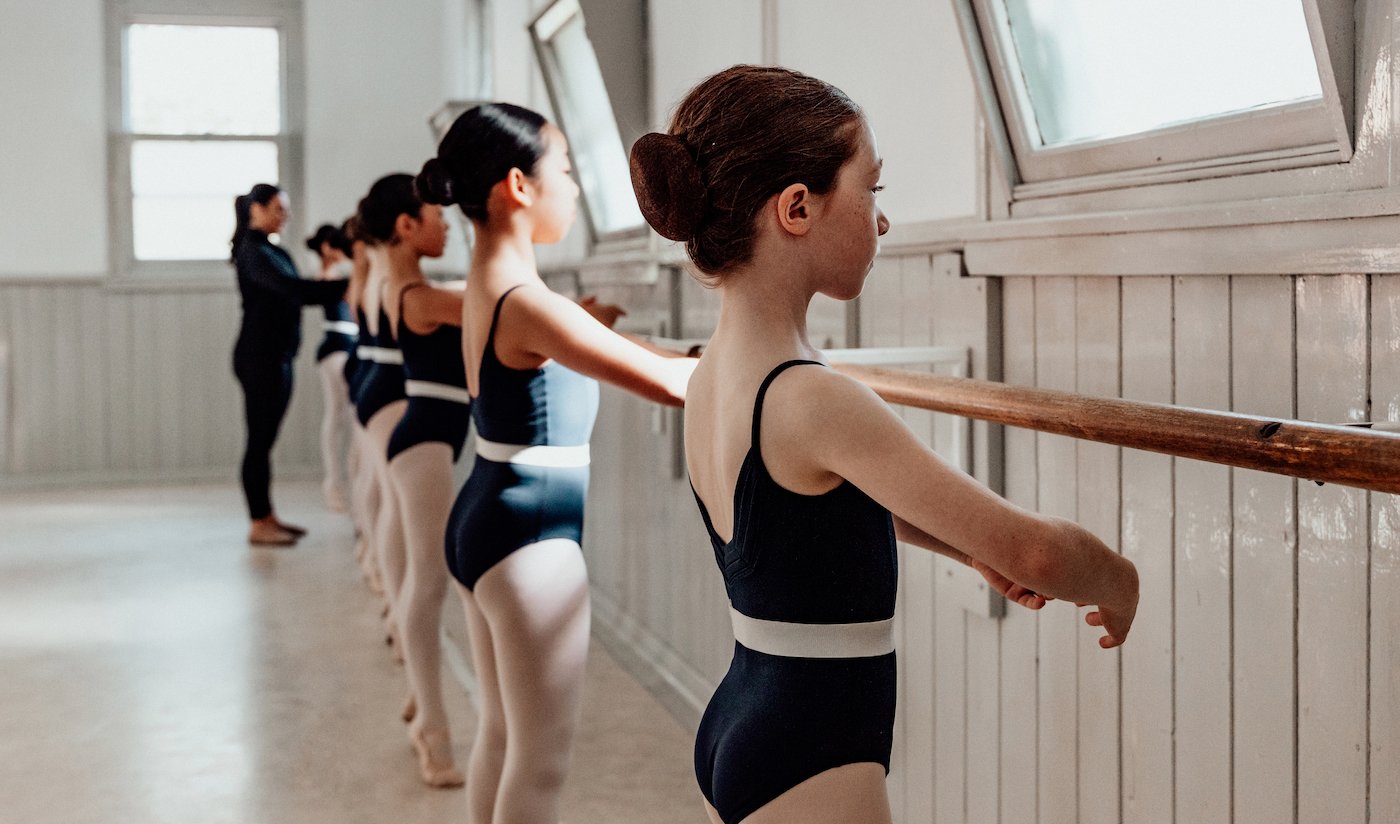
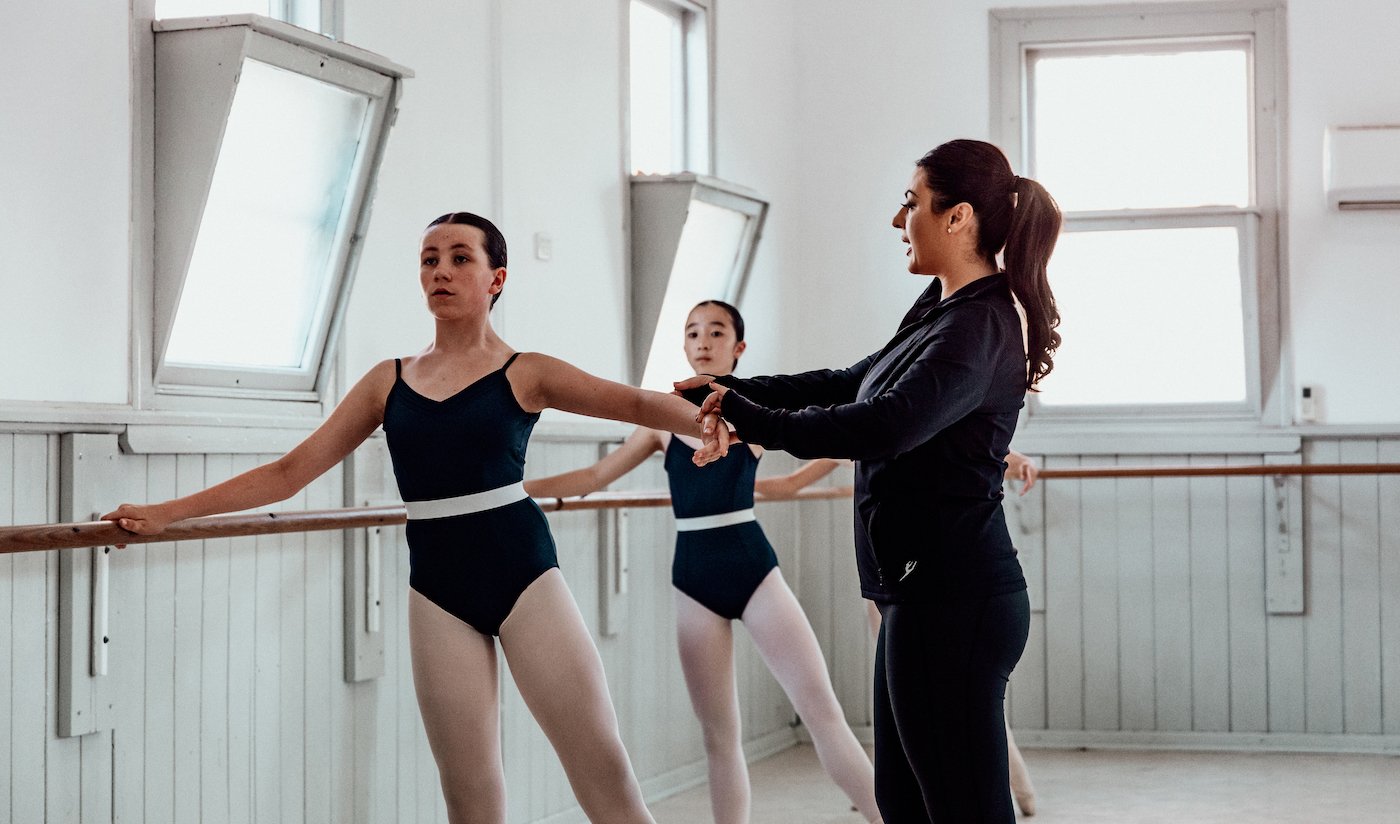
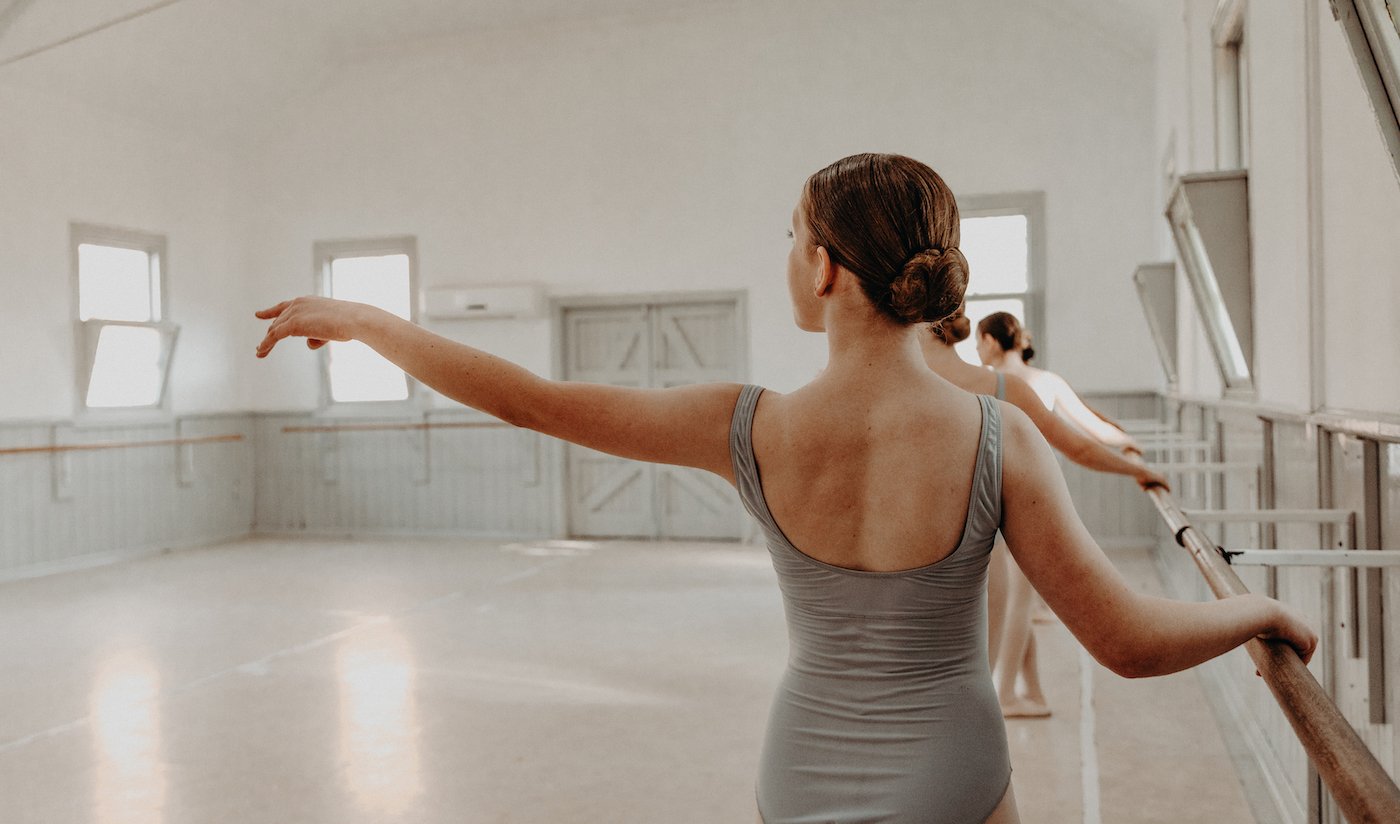

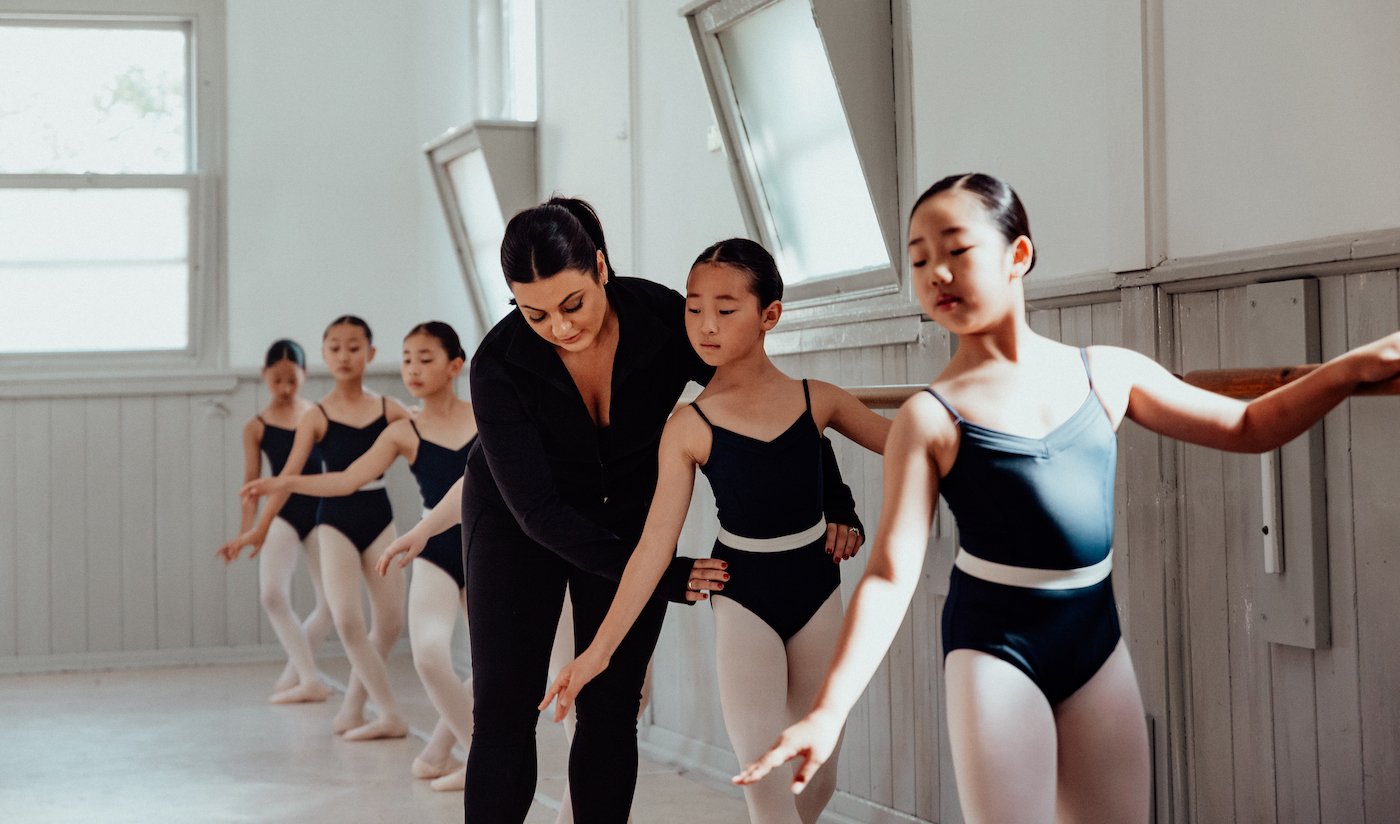
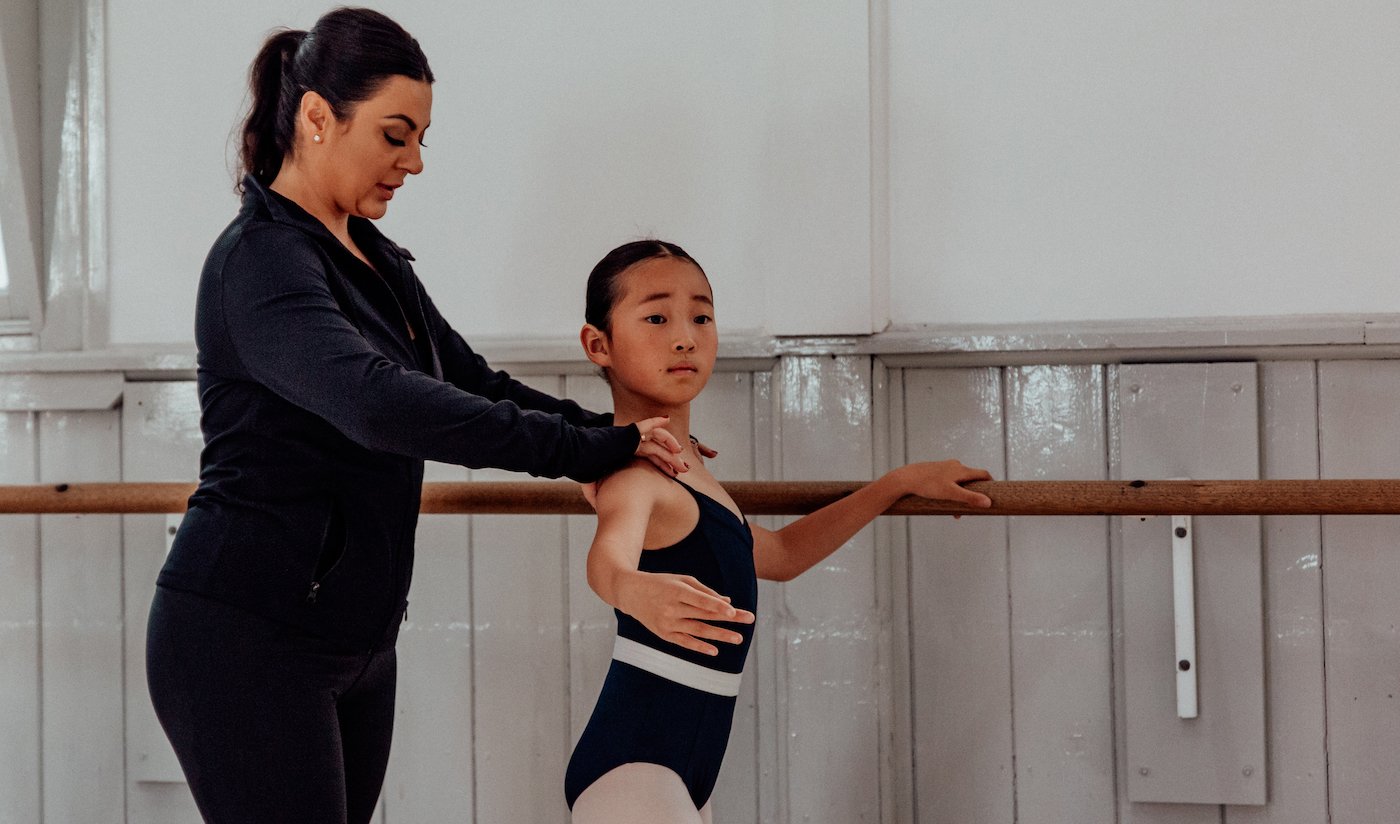
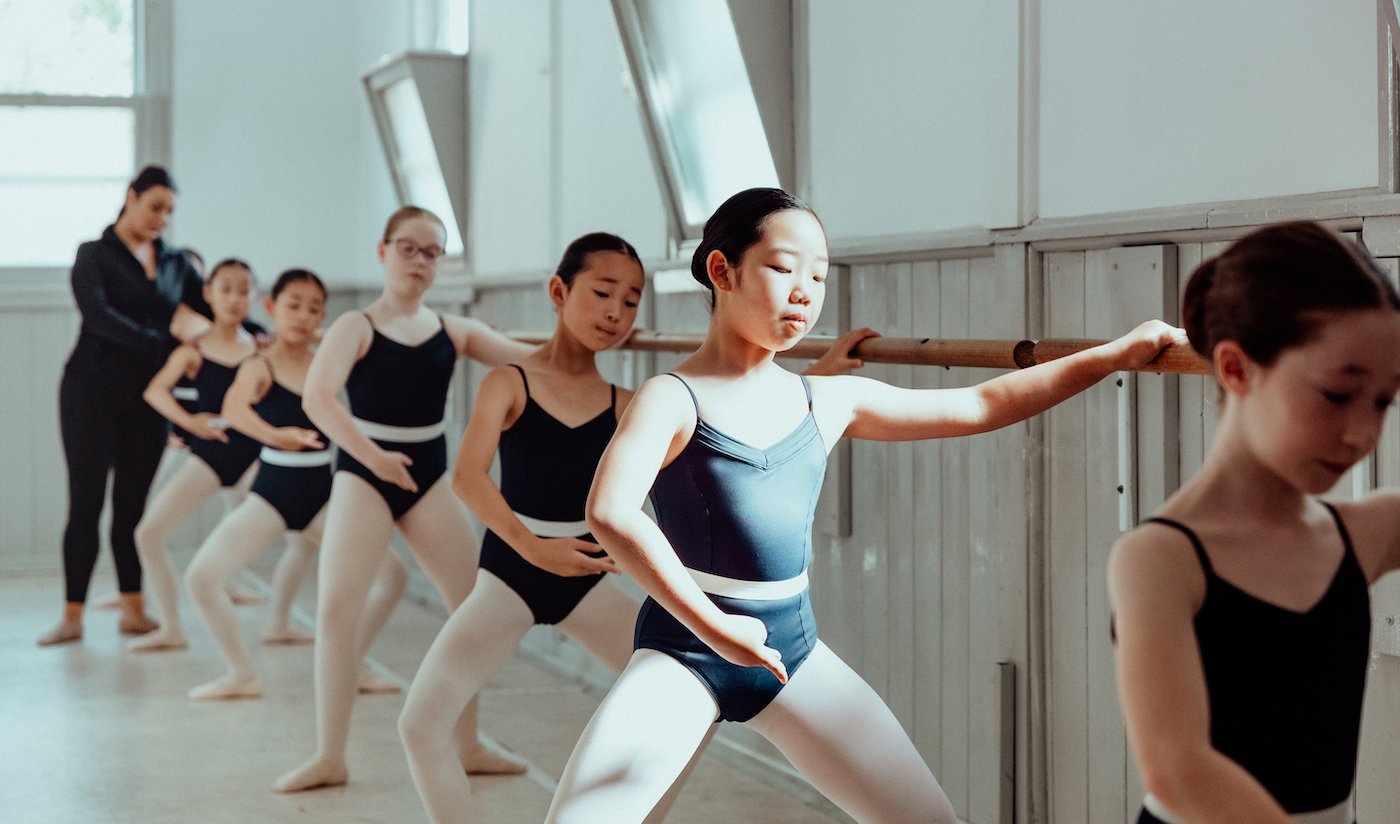

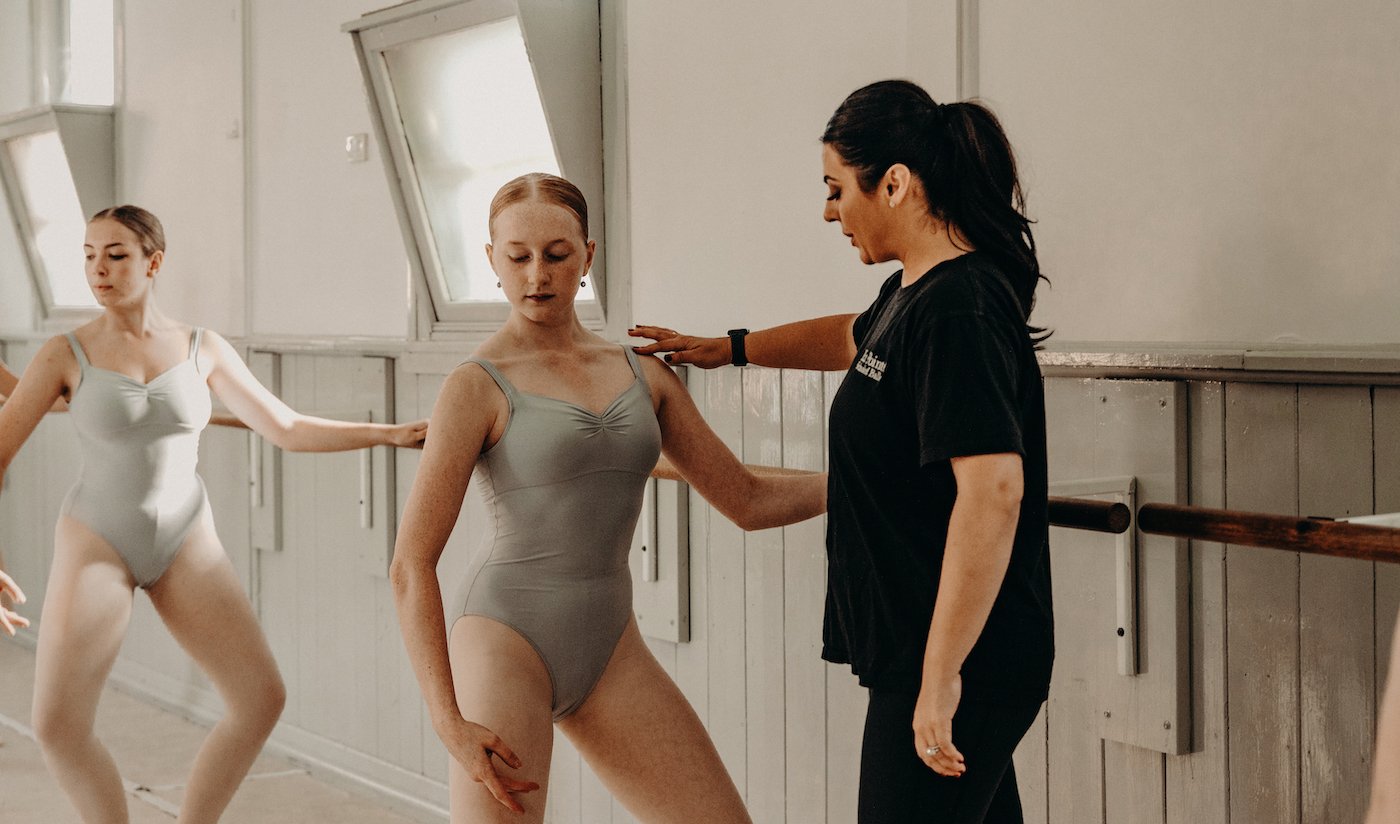

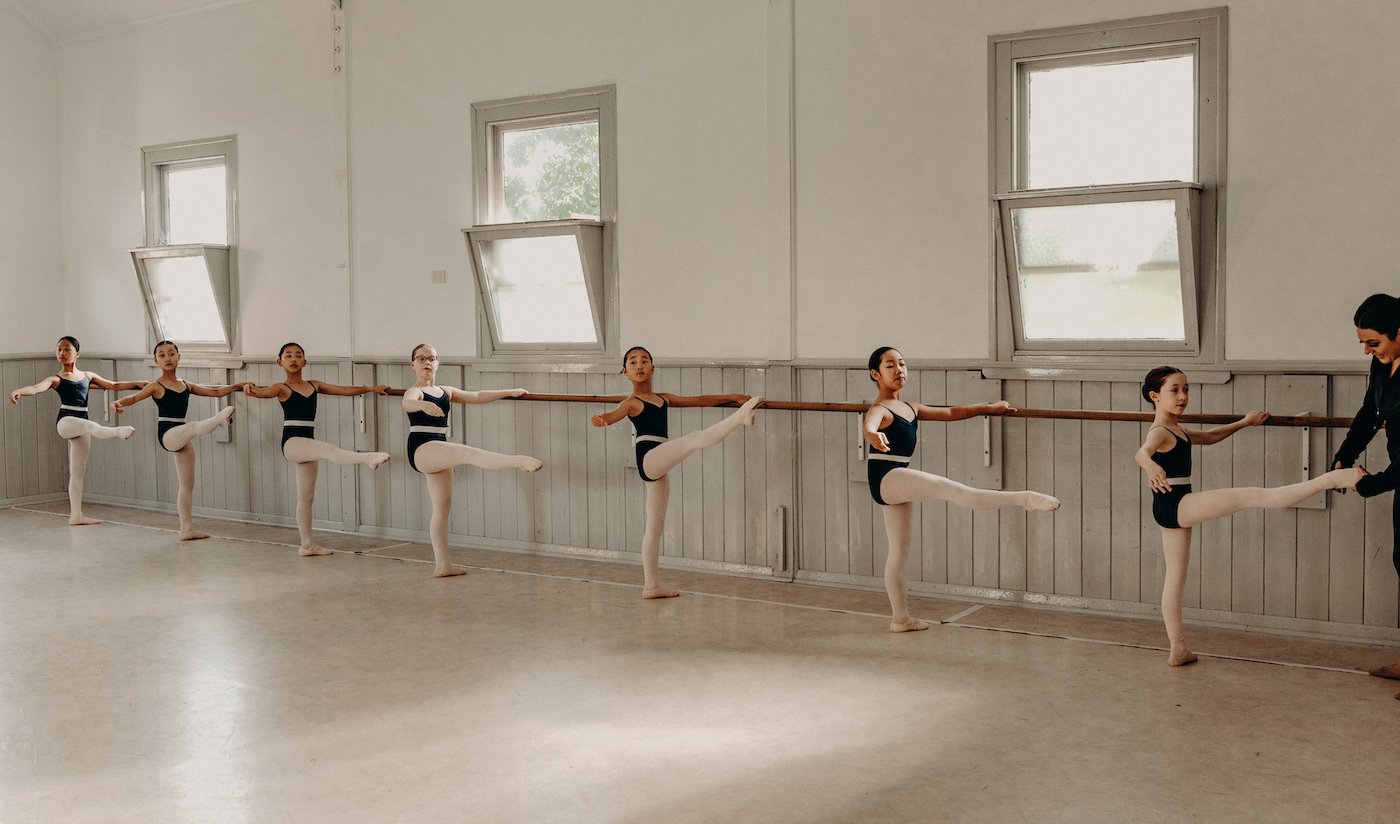
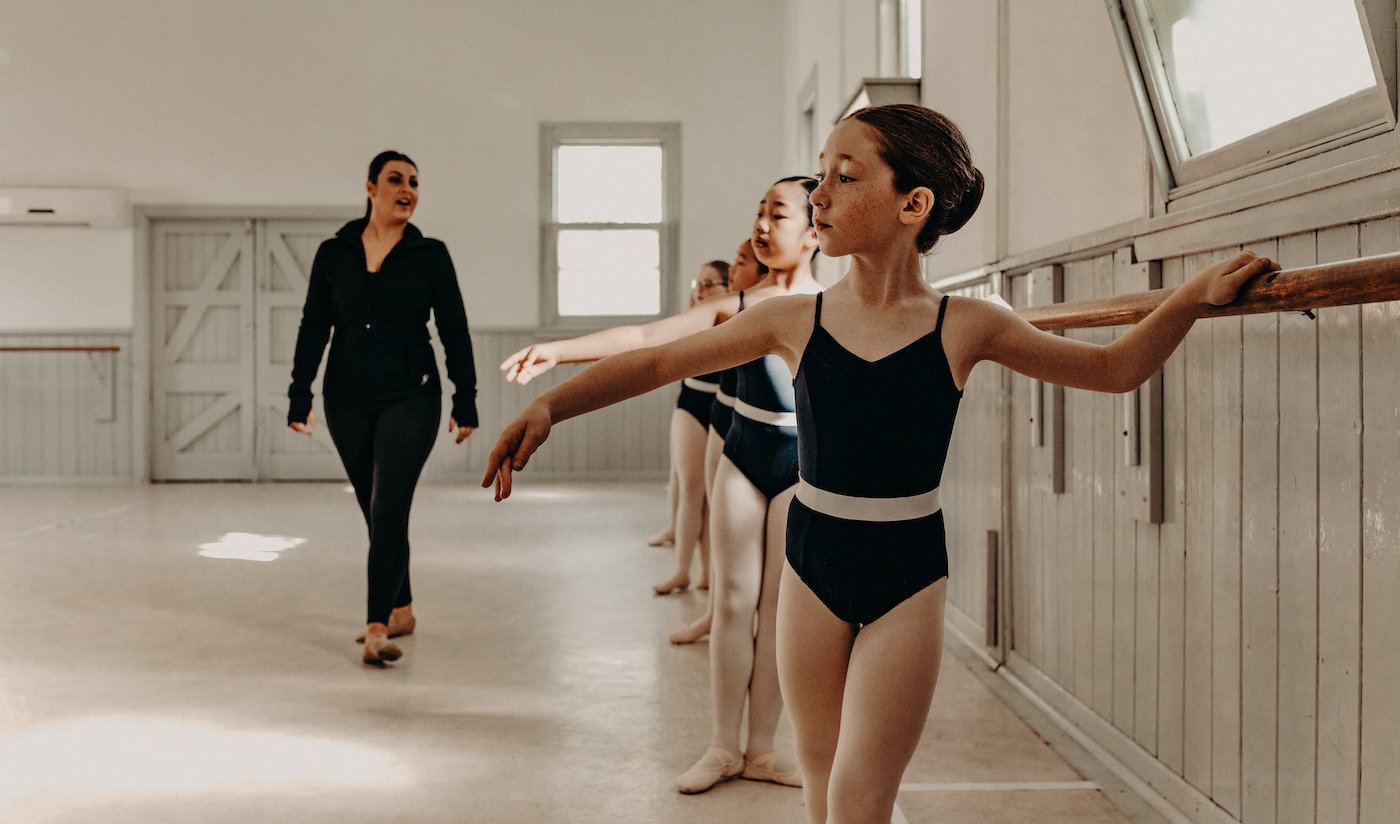
“Audiences may be impressed by a dancer with perfect technique, but they are rarely moved by nice feet and high extensions. Reconnecting your students with their artistry is vital to helping them build positive body image”
Teach the value of imperfection
Perfectionism is often lauded as a positive trait, especially in the competitive world of dance. Whilst perfectionism may appear admirable, this all-or-nothing mindset is detrimental to the mental health and body image of young dancers. Perfectionism holds students back from taking the risks required to reach their full potential, and creates negative self-esteem in dancers who cannot live up to their own unrealistic expectations. Make sure your students understand that there is no such thing as “perfection”; the imperfections of the world’s greatest dancers are what make them unique artists with varying strengths and styles. Teach your students to embrace their imperfections and work with the body they have, rather than fighting for an unrealistic “ideal” dancer’s body.
Image: An En Pointe School of Ballet student during class
Reward artistry
Far too often, dance is reduced to the movement of one’s body. Dance is an art form, not a sport, and is defined by storytelling and emotional expression. Audiences may be impressed by a dancer with perfect technique, but they are rarely moved by nice feet and high extensions. Reconnecting your students with their artistry is vital to helping them build positive body image; focusing on creative expression prevents dancers from obsessing over the aesthetic demands of the art form, and reminds them of why they love to dance. Artistry is the element of dance that truly captures audiences, setting good dancers and great dancers apart. Reward your students not only for their technical prowess, but also for their ability to move their audience.
Image: En Pointe School of Ballet students during class
Encourage gratitude and self-love
Amidst the pressures of the dance world, it’s easy to forget that owning a healthy, functioning body is a privilege. Instil a sense of gratitude in your students for their bodies, and remind them to practise self-love every day; “self-love” is often associated with face masks and manicures (and can include these things!), but is defined more accurately as having a genuine respect for your mind and body, and a high regard for your own wellbeing. You can encourage gratitude and self-love in your students by teaching them affirmations to repeat throughout the day. Affirmations are a fantastic tool for building positive thought pathways, and can be used to combat the toxic self-talk which fuels negative body image. A few positive affirmations include:
“I am thankful for my feet, which support my body every day.”
“I am thankful for my strong legs, which help me to jump.”
“I am thankful for my beautiful body, which lets me express myself through dance.”
Image: En Pointe School of Ballet students during class
Encourage your students to seek support
If you are aware that a student is struggling with negative body image, it is your duty to ensure that they get the support they need. Although teachers and parents may have the student’s best interest at heart, it’s best to seek the support of a professional psychologist when approaching complex issues surrounding body image. Body dysmorphia and disordered eating are delicate topics which cannot be taken lightly, and discussions around these issues must be facilitated by a trained professional.
Image: En Pointe School of Ballet Director Renee Grinsted taking class
Learning to love and respect the body is a crucial element of a dancer’s education. Teachers play a vital role in instilling positive body esteem in their students, and can utilise these tips to guide young dancers toward healthy body image and genuine self-love.
Thank you to En Pointe School of Ballet for featuring in this article:
www.enpointeschoolofballet.com.au
@enpointeschoolofballetvermont
Article by Taylor Venter
Photography by Elly Ford


